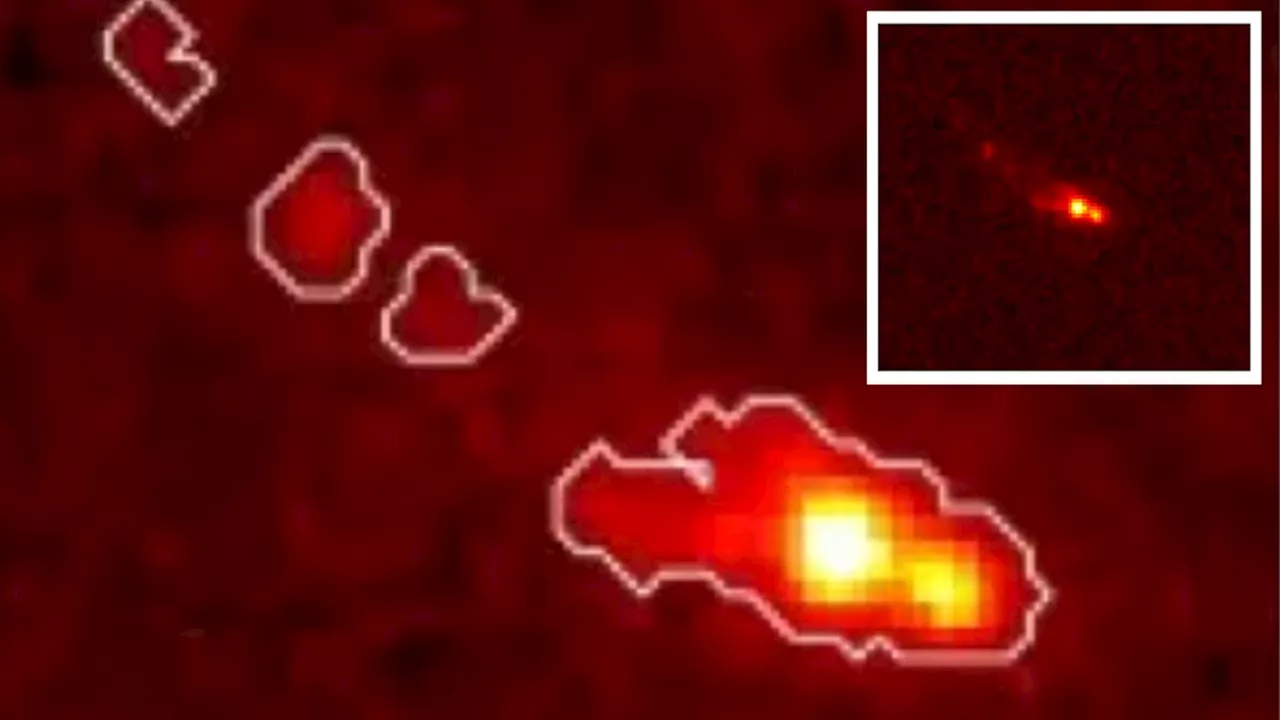Robert Lea is a science journalist in the U.K. whose articles have been published in Physics World, New Scientist, Astronomy Magazine, All About Space, Newsweek and ZME Science. He also writes about science communication for Elsevier and the European Journal of Physics. Rob holds a bachelor of science degree in physics and astronomy from the U.K.
The complex shape of Gz9p3 shows it origins as the result of a merger between galaxies direct imaging by the JWST reveals Gz9p3 has a double nucleus indicating a merger that is still ongoingWhat was little more than a speck of light for the Hubble Space Telescope has been revealed as one of the oldest galaxies ever discovered — and the finding owes itself to none other than Hubble's younger sibling: The James Webb Space Telescope.
"The JWST imaging of the galaxy shows a morphology typically associated with two interacting galaxies. And the merger hasn't finished because we still see two components," Boyett explained."When two massive objects join like this, they effectively throw away some of the matter in the process. So, this discarded matter suggests what we observed is one of the most distant mergers ever seen.
The Glass collaboration worked around this by taking spectroscopic observations of Gz9p3 as well as by tapping into direct imaging. Spectroscopy can be used to determine the elements that make up stars; because young and old stars have different compositions, this allowed the researchers to separate the two categories in this early galaxy.
In addition, the team discovered that the population of old stars in Gz9p3 was much larger than previously suspected. This means that, while astronomers have been aware of thisand the increasing metal enrichment of subsequent generations of stars, the Gz9p3 observations indicate galaxies may have become"chemically mature" faster than had been suspected previously.
that once orbited it. The Milky Way currently forms stars at a stunted rate, but this will change when it, in around 4.5 billion years. This will cause an influx of gas that kicks off a fresh bout of starburst.
